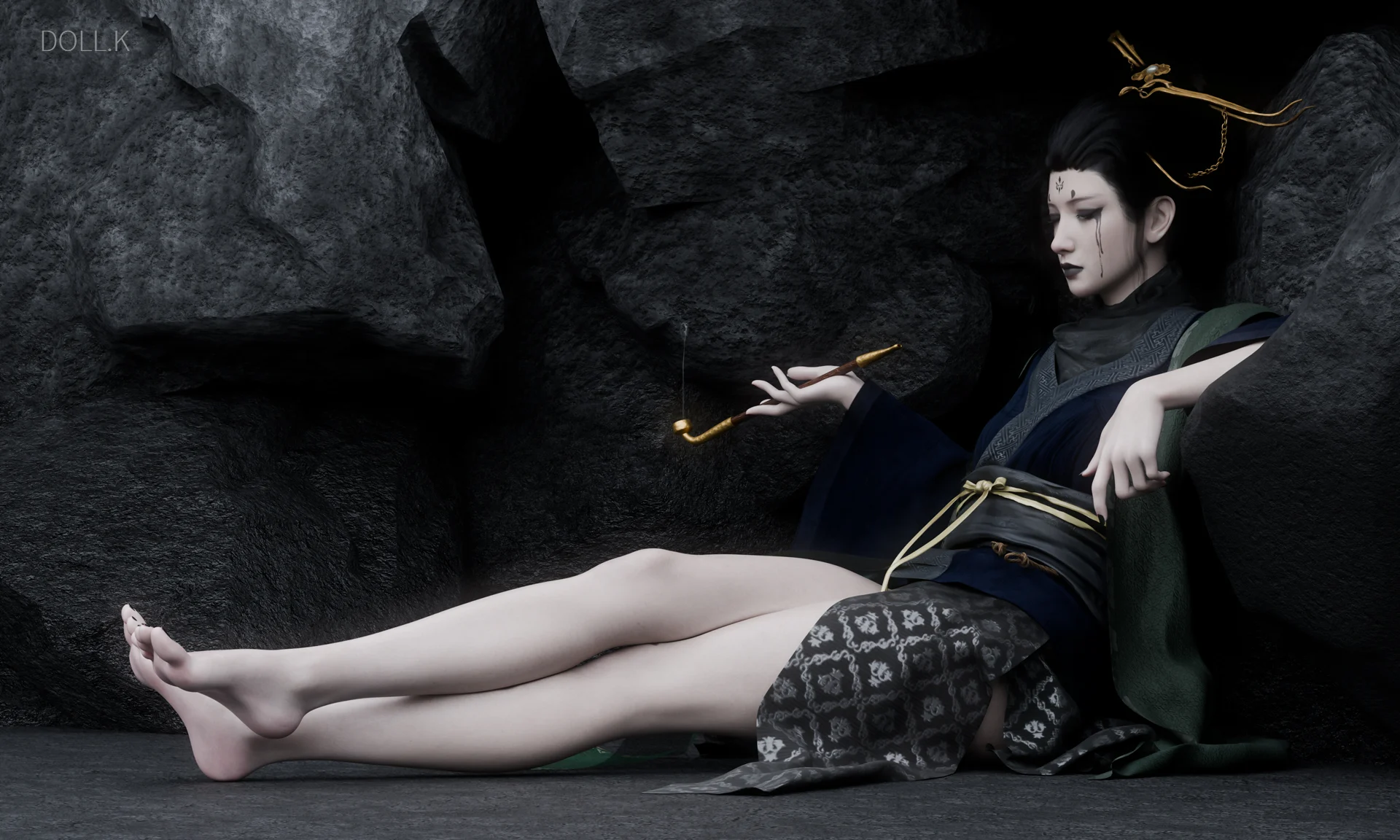With the recent success of Black Myth: Wukong, many beautiful female characters in the game have received praise from players around the world. These character designs align with traditional Chinese aesthetics of beauty. In contrast, many Western game developers have been increasingly criticized for intentionally "de-beautifying" female characters in their games. This phenomenon has sparked widespread debate, raising the question: what are the deeper reasons behind this trend?

1. Social and Cultural Changes and Diverse Aesthetics
Firstly, it's important to acknowledge that the design of female characters in Western games is deeply influenced by societal and cultural shifts. Over the past few decades, Western societies have witnessed significant gender equality movements, with increasing focus on women's rights and identity, especially in the gaming industry. Traditionally, female characters in games were often designed to be "sexy" and "beautiful," which many critics saw as catering to the male gaze.
As gender equality movements grew louder, game developers began to rethink the approach of designing female characters solely for visual appeal. To break away from the stereotypical image of women, many developers experimented with "de-beautifying" characters to emphasize their personality, strength, and independence. This was not an attempt to reject beauty but rather to break free from traditional aesthetic constraints. Developers aimed to create more diverse character designs that reflect the real world and resonate with a broader audience, especially female players.
2. Political Correctness and Moral Constraints in the Gaming Industry
In recent years, political correctness has become a mainstream discourse in Western culture, especially in mass media and entertainment. The gaming industry is no exception. To avoid accusations of "objectifying women" or "gender discrimination," many Western game developers have consciously reduced the use of sex appeal and beauty in character designs to steer clear of controversy. On the surface, this seems to be a compromise to social values, but overemphasizing political correctness can sometimes lead to a suppression of beauty and its nuances.
Some developers may have misunderstood the relationship between "diversity" and "beauty," thinking that to portray a female character as strong or independent, her external attractiveness must be minimized. This often results in female characters lacking traditional beauty, leading to accusations of intentional "de-beautification." However, behind this approach lies the developers' concern about how to balance character appeal without offending certain groups.
3. Commercial and Market Considerations
The Western gaming market differs significantly from the Asian market. While Asian players tend to favor aesthetically pleasing character designs, the Western market has increasingly prioritized "realism" and "immersion" in games. Some developers believe that overly beautiful or sexy female characters may disrupt this sense of immersion. As a result, de-beautification may be a commercial strategy aimed at meeting specific market demands.
Additionally, with the rise of indie games and the global demand for narrative-driven experiences, many developers choose to focus on emotional depth and complexity when designing female characters, rather than relying on appearance to attract players. These developers believe that beauty should not be the only source of appeal for a character; instead, their complex inner world and personal growth are the key to keeping players engaged.
4. Cultural Differences and Definitions of Beauty
The definition of beauty varies significantly across different cultures. In Western culture, particularly in recent trends, "beauty" is not only about physical appearance but also encompasses confidence, independence, and resilience. After challenging traditional aesthetics, Western societies have become more accepting of diverse forms of beauty. For example, in recent films and games, more female characters who don’t fit the traditional standards of beauty have gained popularity because they represent "diversity in beauty."
In contrast, Asian cultures, especially Chinese culture, still retain a preference for traditional beauty. This beauty not only includes delicate and graceful appearances but also reflects cultural values such as virtue and modesty. Therefore, games like *Black Myth: Wukong* feature female characters that align with Asian players' aesthetic preferences, gaining recognition worldwide.
Conclusion
The phenomenon of "de-beautification" of female characters in Western games is deeply rooted in complex social and cultural shifts and market demands. While this trend has faced criticism from many players, it can also be seen as an attempt by developers to explore diverse aesthetics and break traditional gender stereotypes. Regardless of how beauty is defined, female characters in games can be both symbols of beauty and representations of strength and independence. Ultimately, the charm of a game is not limited to its visual appeal but lies in the stories it tells and the values it conveys.